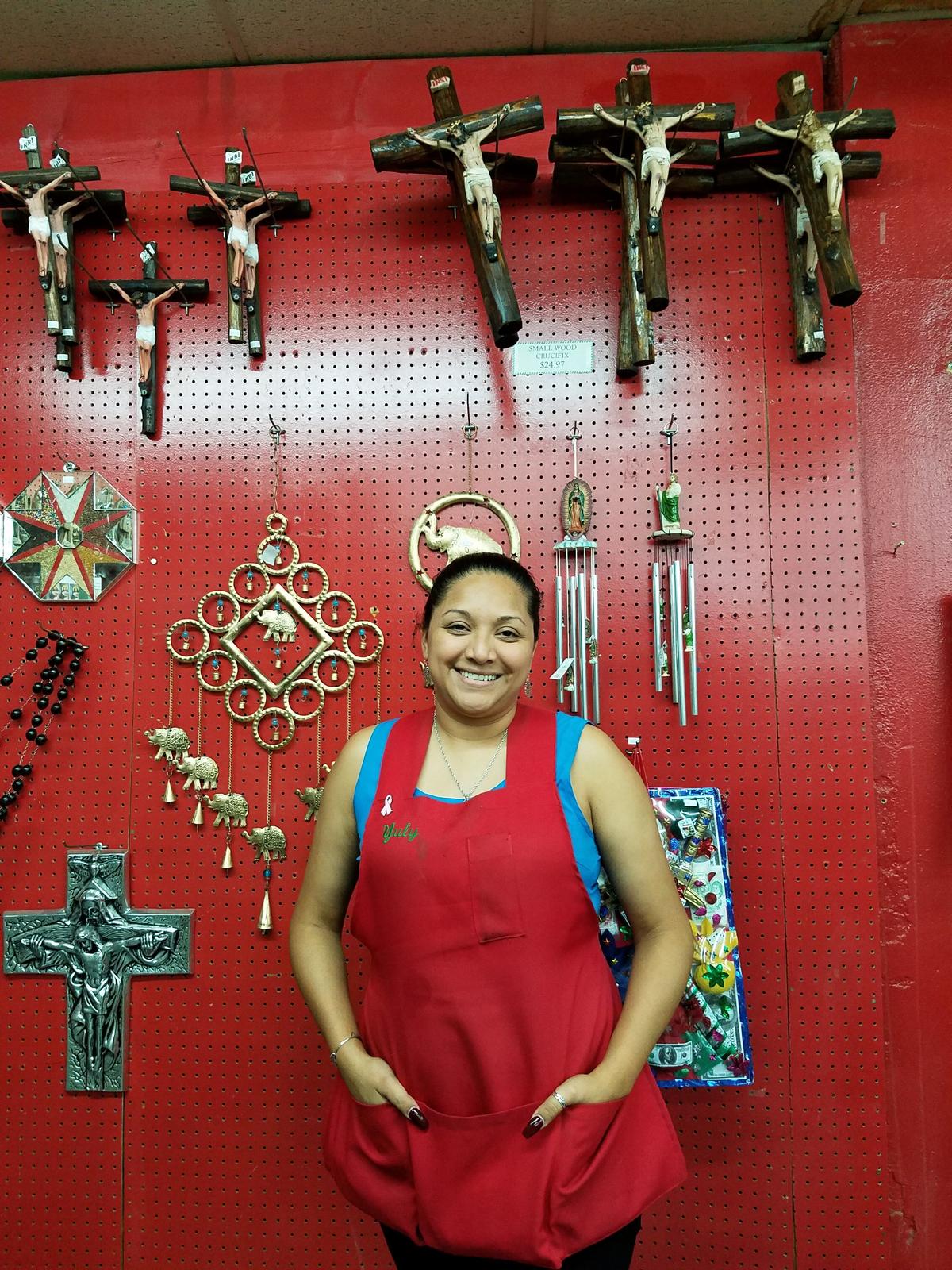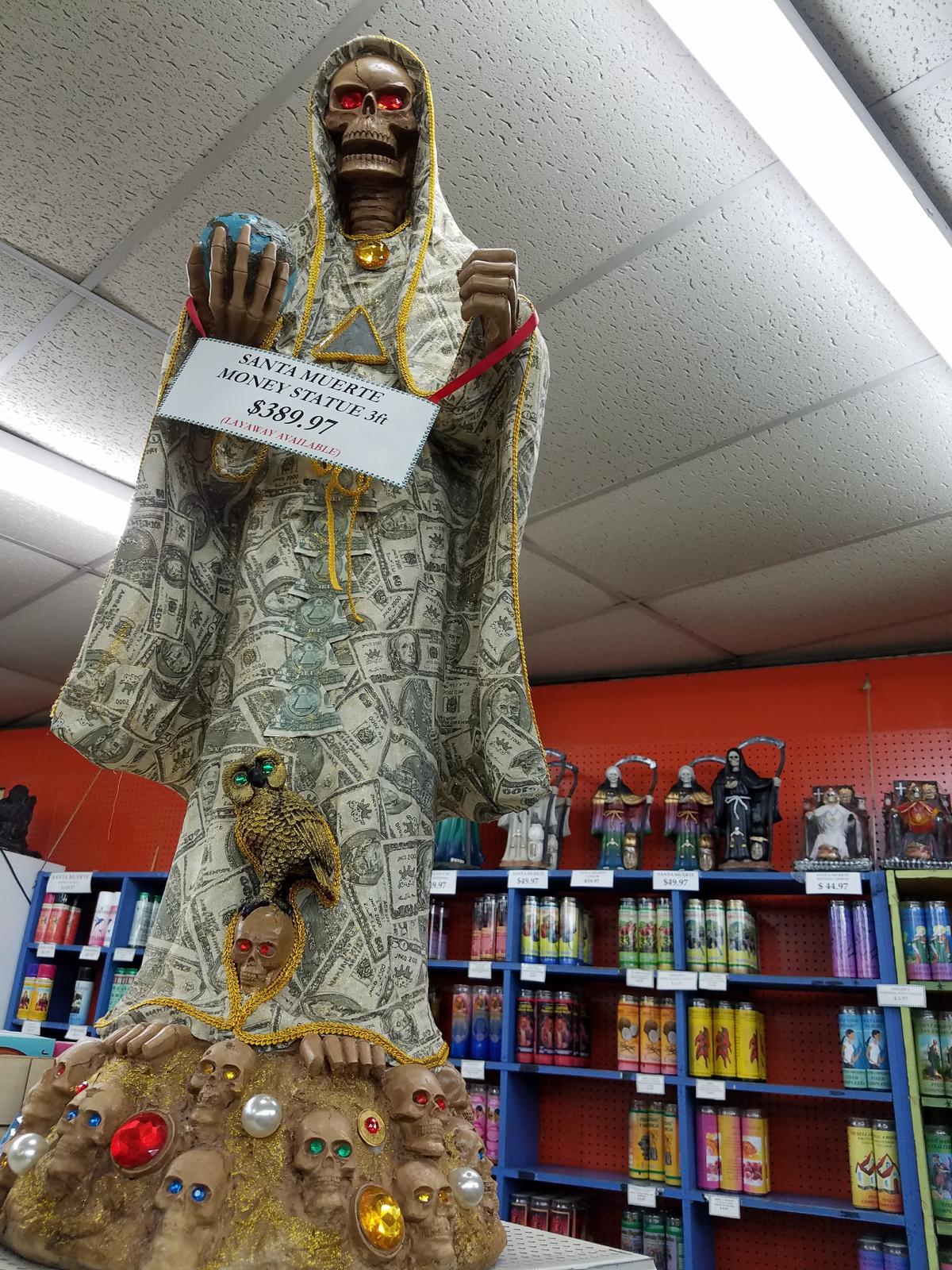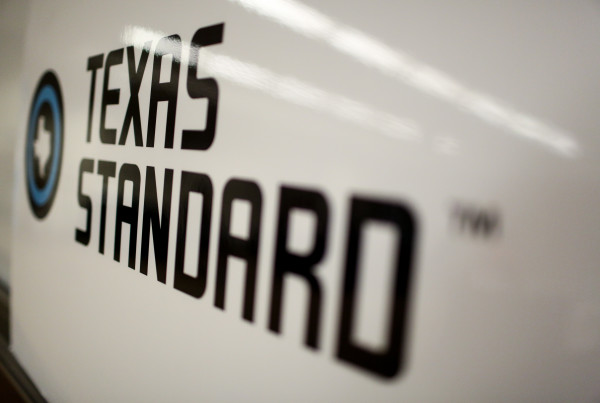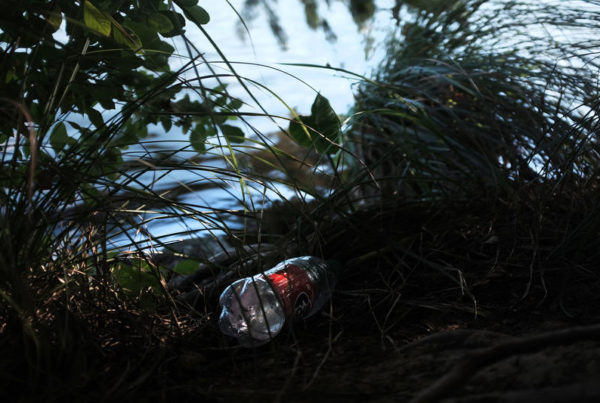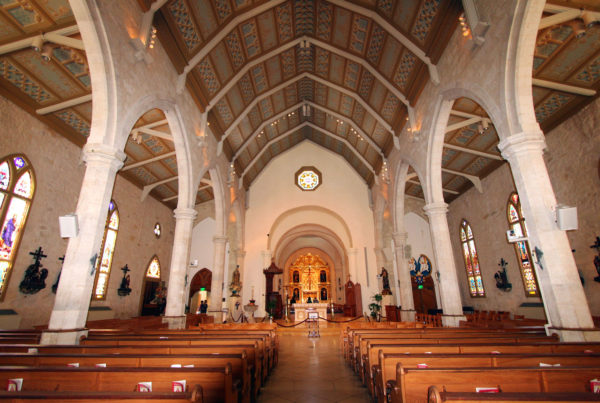From Texas Public Radio:
Monday’s North American solar eclipse is enthralling skywatchers nationwide. It’s the first eclipse to span the country coast-to-coast since 1918. People are traveling from all over the world to the sites of totality. But centuries ago a solar eclipse was seen as a bad omen in cultures around the world.
How did myths surrounding eclipses lead to traditions that carry on into the 21st century?
In a webcast presentation by Griffith Observatory in Los Angeles called “Devoured by the Sun,” observatory Director E.C. Krupp explains the terror experienced by some Aztec cultures. He quotes the 16th century Florentine codex written by Fray Bernardino de Sahagún:
‘The sun turned red, it became restless and troubled. It faltered. Became very yellow. Then there were a tumult and disorder. All were disquieted, unnerved, frightened. There was a weeping, The common folk raised a cry, lifting their voices. People of light complexion (this bothers me!) were slain as sacrifices. Captives were killed. All offered their blood…It was thus said if the eclipse of the sun is complete it will be dark forever, the demons of darkness will come down, they will eat men.’
Sounds scary, right?
Nowadays, eclipses are anticipated celestial events. But some superstitions about eclipses carry on to this day.



